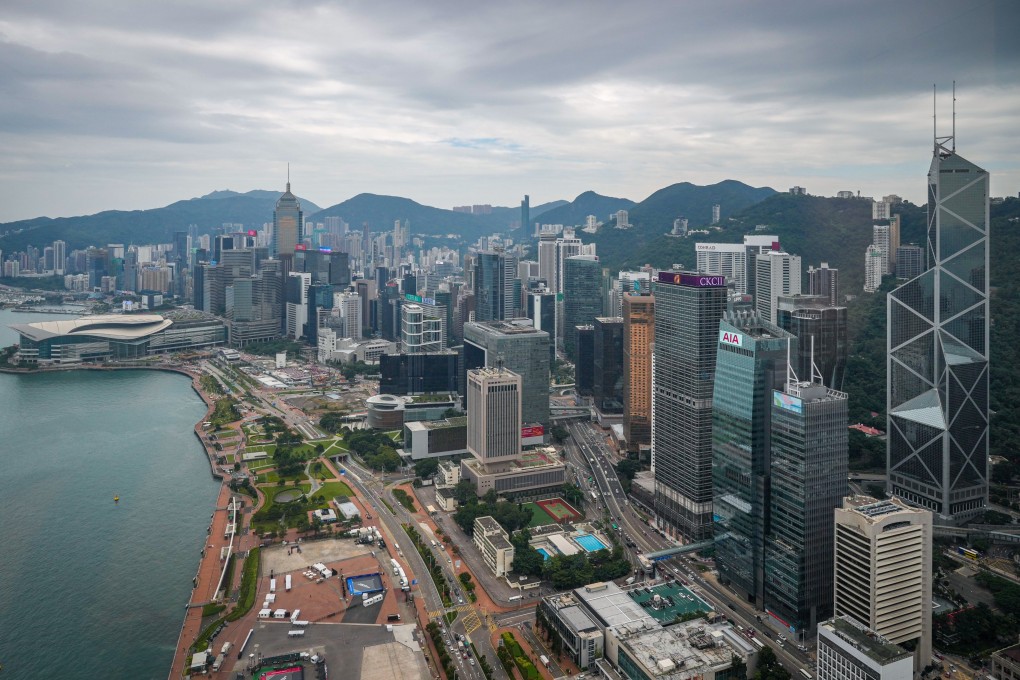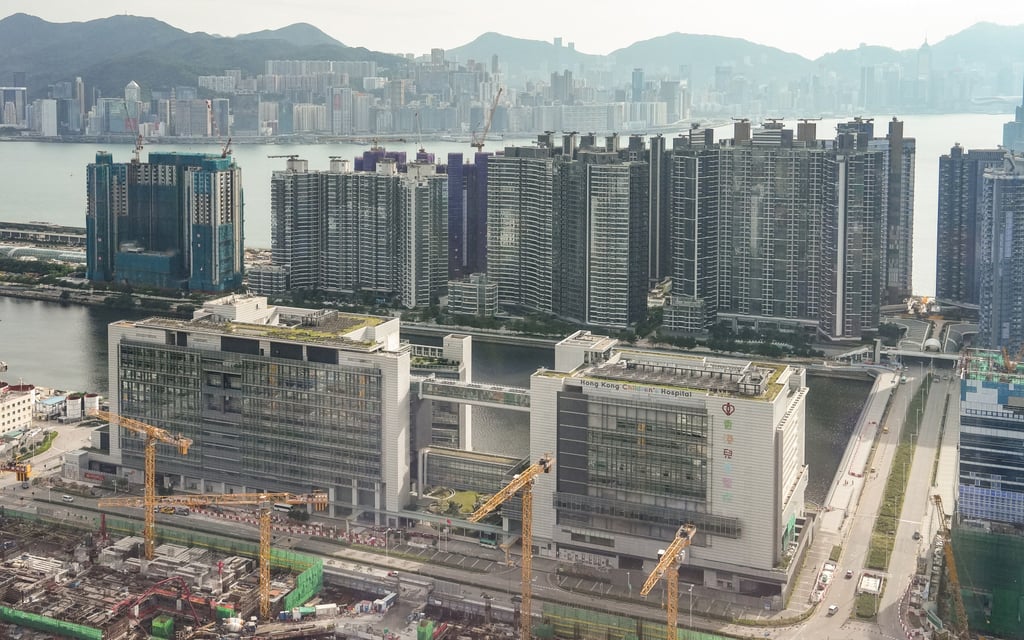Editorial | Measures required to ensure greater energy efficiency in Hong Kong buildings
If city is to meet its goal of carbon neutrality by 2050, all commercial sites must be ready to reduce their consumption of electricity

The clock is ticking down towards the city’s goal of achieving carbon neutrality in 2050, and a vital contribution towards that relies on commercial buildings cutting their electricity consumption by 30 to 40 per cent by then. While many are well on the way to achieving their target, a worrying number are raising eyebrows for trending in the wrong direction.
A recent study by a green watchdog group found nearly one in every five buildings to have conducted an energy efficiency audit had registered higher usage levels than 10 years ago. Hong Kong landlords are required each decade to conduct an energy audit of air conditioning, lighting, electrical systems, lifts and escalators and to suggest ways to improve efficiency.
As of yet, there is no legal requirement that they then take action on their findings.
It was therefore welcome to hear in the government’s policy address that a proposal to amend the Buildings Energy Efficiency Ordinance will be put to the legislature before the end of the year.

The impact from improved efficiency is significant. Buildings account for 90 per cent of energy use and the electricity generated contributes half of carbon emissions, the Environment and Ecology Bureau estimates.
